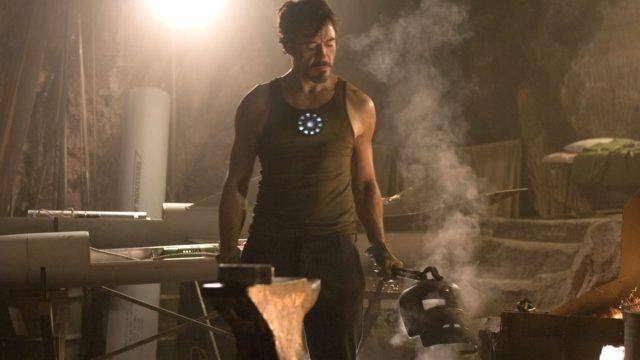(In anticipation of Avengers: Endgame’s impending release, we’re taking a look back at the entire MCU, film by film. Rather than doing straightforward reviews, our goal with this retrospective is to trace the footsteps of Marvel Studios in order to understand the decisions that were made along the way to becoming a Hollywood Powerhouse.)
Looking back on Iron Man’s release over a decade ago, it’s easy to forget that the film was very much an unknown quantity. At the time, the idea that a film about one of Marvel’s “B-list” characters could single-handedly change the industry was a ridiculous notion. With the exception of Batman, Superman, X-Men, and Spider-Man, superhero movies were still seen as second-class properties. Iron Man changed all that, and it would go on to become the gold standard for the next decade of superhero movies. It changed the face of cinema, and yet it was also predicated on a massive gamble that nearly put Marvel out of business.
Marvel was in dire straits in the ’90s. So much so, that Marvel was forced to license out their film rights just to stay in business. As the superhero film genre began to materialize after the success of Spider-Man and X-Men, Marvel wanted a bigger piece of the pie. However, Marvel didn’t have the financial resources to produce their own film content. Therefore, the company struck a deal with finance giant Merrill Lynch for a loan of $525 million. In return, Marvel used the rights to nearly a dozen of their best characters as collateral. That lineup including Captain America, Black Panther, The Avengers, and more. If the Marvel failed to create a successful self-produced film, the MCU would have been DOA. Fortunately, that wouldn’t be the case.
RELATED: Avengers: Endgame Directors on Captain Marvel
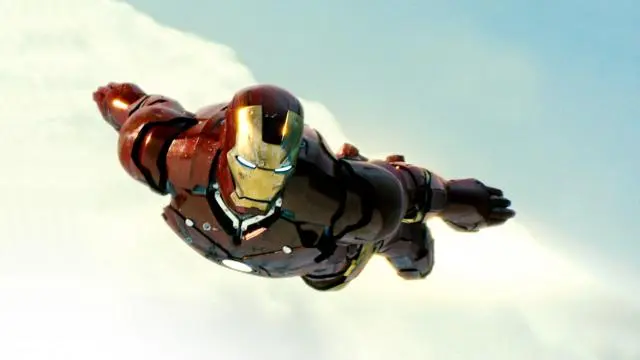
Long before Marvel Studios began, the film rights to Tony Stark/Iron Man had already been sold off. The property landed at Universal, and then bounced from 20th Century Fox to New Line. There were several failed attempts to get the movie made. After a version of Iron Man was supposed to be directed by Nick Cassavetes failed to take flight, New Line then handed the rights back to Marvel in late 2005. In a stroke of luck, that happened right after the Merrill Lynch deal was finalized. As a result, Marvel seized this opportunity to make Iron Man their first self-produced film. In early 2006, Jon Favreau was hired to direct the film and the project was officially headed into pre-production.
Favreau was much less of a known quantity in 2006 than he is today. At the time, his biggest hits were Elf and Zathura. Ironically, it was Favreau’s involvement in 2003’s Daredevil that led to him to befriend producer Avi Arad, which eventually got him the directing gig on Iron Man. It was Favreau’s independent background that ended up making Iron Man feel like a “$200 million student film.” Similarly, the choice to modernize Tony’s origin proved to be a crucial element that Favreau brought to the table. Finally, there was Favreau’s insistence on rooting all of Tony Stark’s technology in some sort of reality. Showing the progression of the technology made it more believable. While the script was being written, the casting search eventually landed on Robert Downey Jr., a Hollywood star in need of a comeback.
RELATED: Robert Downey Jr. Talks About His MCU Future
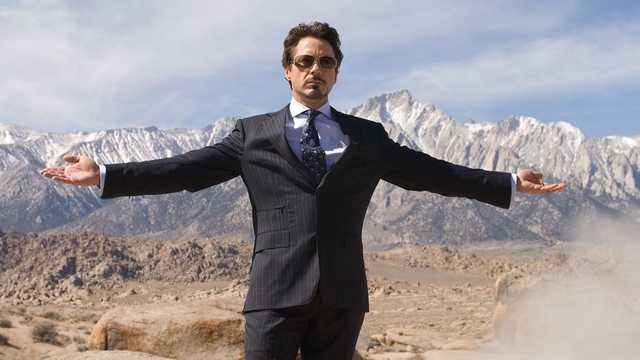
Favreau originally intended to cast an unknown to play a younger version of Tony Stark. However, Downey soon became the director’s only choice for the role. There was only one problem – Downey’s off screen troubles made the Marvel brass extremely hesitant. They believed that his image might destroy the film’s box office prospects. And it’s easy to see why, considering that Marvel’s entire future was literally riding on this casting choice. Favreau stuck to his guns, and he felt that Downey’s off screen troubles would be able to inform the character in unexpected ways. Not only was Favreau correct, but Downey’s arc of redemption ended up mirroring Tony’s. Not even Favreau could have predicted that.
Completing the actual production of Iron Man was no easy feat. Even though multiple versions of the script had been commissioned, the film entered production without a working shooting draft. As a result, Favreau and Downey improvised many of the scenes to achieve a more naturalistic style. It was this improvisational style that ended up leading to some of the film’s best character moments – the saving grace of Downey and Favreau’s collaboration. Against all odds, Iron Man completed filming on schedule in 2007. But there was one crucial piece to the MCU puzzle that was still missing – Samuel L. Jackson’s Nick Fury.
RELATED: Spider-Man and Nick Fury In New Far From Home Photos
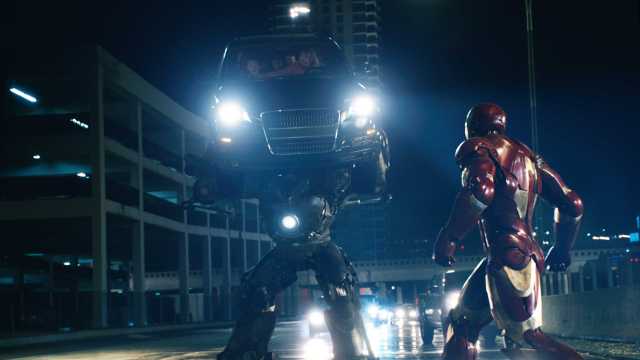
In retrospect, it’s easy to forget how crucial the decision to include Nick Fury’s small post-credits cameo actually was. Had this not been included, the MCU might have looked very different. At the time, superhero movies were largely standalone ventures. This late addition ended up becoming the turning point for the MCU. It told audiences that this movie was just the tip of the iceberg. It also framed Tony Stark as the lynchpin of an entire cinematic universe. To paraphrase Fury’s now famous line, we were part of a bigger universe – we just didn’t know it yet.
How did all of this seemingly anecdotal information become so crucial to the film’s success? For one simple reason: the decisions that were made during the production of Iron Man ended up defining what made it so unique. It had a willingness to swing for the fences with no remorse. Truth be told, the opening sequence of the film alone is indicative of how these decisions came to shape the film as a whole. Similarly, the film’s closing sequence not only bucked the trend of secret identities, it told fans there were more tie-in films to come from Marvel.
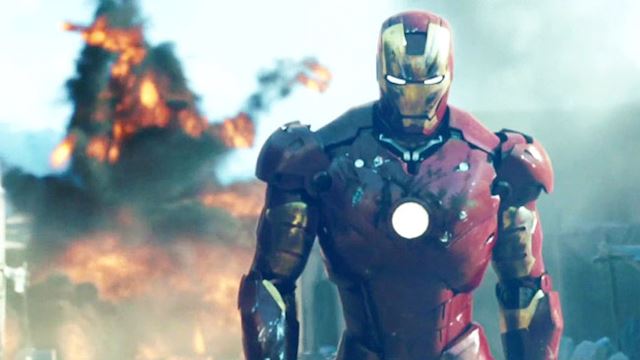
While Iron Man isn’t a perfect film, it certainly is damn near close. However, Iron Man’s greatest achievement still is that the film – like Superman nearly thirty years before it – made fans believe a man could fly. And if audiences could believe that, they could believe in almost anything in the newly formed Marvel Cinematic Universe.
Share your thoughts on the first Iron Man in the comment section below!
